What would happen if animals had no backbone? Would they be able to move around freely or would they fall over?
Which animals don’t have backbones?
Animals without backbones include centipedes, millipedes, worms, jellyfish, octopuses, squids, corals, slugs, snails, crabs, shrimps, spiders, butterflies, they are all invertebrate groups which do not have a backbone.
Table of Contents
Animals Without Backbones :
centipede
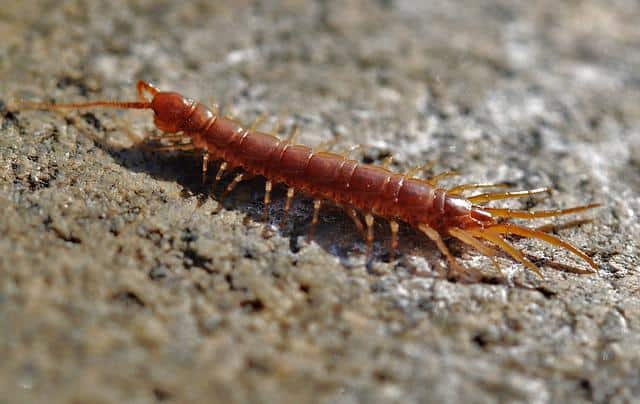
Centipedes are arthropods, a group of animals that have segmented bodies and no true head or tail. They are found worldwide and feed mainly on decaying organic matter.
Centipedes don’t have backbones, they just have a bunch of legs. A centipede is a type of arthropod that has two pairs of legs and one pair of antennae. They are found worldwide and feed mainly on insects.
The body of a centipede consists of a head, a trunk, and several segments.
There are over 2,500 species of centipedes, and they vary in size from less than half an inch long to nearly six inches. The largest known species is the Giant African Land Scorpion, which can reach lengths of up to five feet.
millipedes
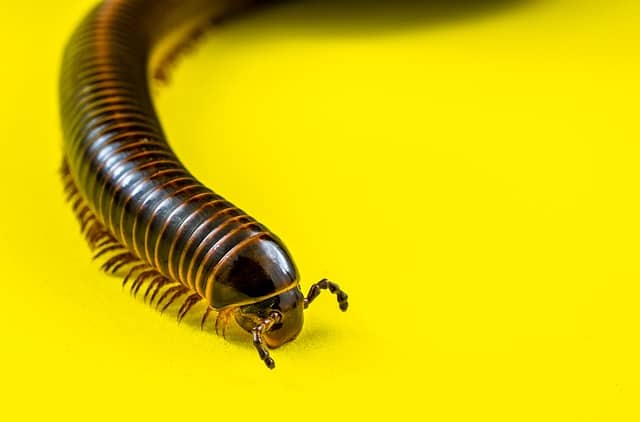
Millipedes are invertebrates. They do not have a backbone, and they lack true limbs. Millipedes are segmented creatures with two pairs of legs per body segment. Their bodies are covered with exoskeletons made from chitin.
The first pair of legs is called the coxa, which means “hip” in Latin. The second pair of legs is called trochanters, which means “thighs.”
Millipedes are creepy crawly insects that look like giant centipedes. They live underground and feed off decaying organic matter. Some species are edible, but they’re also considered pests because they eat plants, soil and even other animals.
Millipedes belong to the class Chilopoda. Their body consists of three parts: head, thorax and abdomen. The head has two pairs of antennae, eyes and mouthparts. The thorax contains six legs, each with five segments. The abdomen has ten segments. Millipedes have no wings or limbs.
worms

A worm is a type of arthropod. They are segmented animals with jointed bodies, usually covered in a cuticle or exoskeleton. Most worms lack legs, antennae, eyes, and a brain. Some worms are parasitic, feeding off other organisms.
Worms do not have a backbone because they are invertebrates. but they have a spinal cord. The spinal cord is made up of nerve cells and connects all the body parts together. The nervous system controls all the muscles in the worm’s body. They have no bones, muscles, or nerves.
A worm is a small animal that lives in soil and feeds on decaying organic matter. Worms are found all around the world, from deserts to forests. They are often confused with slugs, which look similar. The best way to tell them apart is to look at the head. There are three basic ways to identify a worm: by its shape, by its structure, and by its behavior.
jellyfish

Jellyfish do not have a backbone . They are soft creatures made up of water, which means they cannot move around like vertebrates. However, they do have a nerve system, which allows them to sense danger and respond accordingly.
A jellyfish has a central column called the mesoglea which contains two layers of cells. The outer layer is made up of eight rows of polygonal cells called epidermal cells. The inner layer consists of four rows of oval-shaped cells called coelenteron.
The mesoglea is filled with water and nutrients for the jellyfish to feed upon. There are no eyes, mouth, tentacles, or brain. Jellyfish do not move around much, instead they float near the surface of the ocean where they feed on plankton.
Read More : What Do Jellyfish Eat ?
octopuses
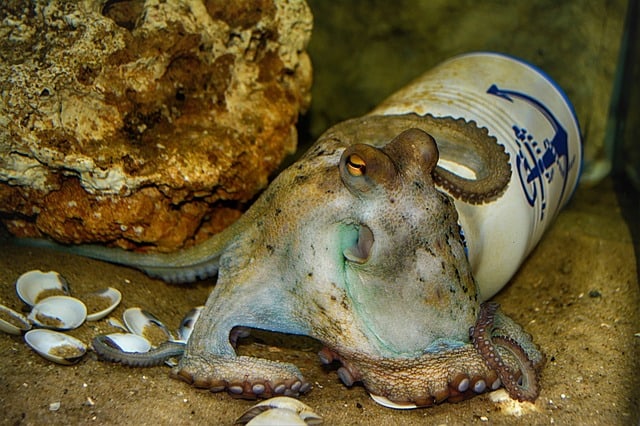
Octopuses are invertebrates, which means they do not have a backbone. They are also known as cephalopods, meaning “head-foot”. They have eight arms, two tentacles at the front end, and suckers at the back end.
The octopus has eight arms, each ending in a tentacle. Each arm contains two suckers, which are used for grabbing prey. The body of the octopus is divided into three sections, each containing one set of gills. The head contains the brain and eyes.
The octopus are the most intelligent creatures on Earth. They use all eight limbs for swimming, walking, eating, mating, and catching prey. Their eyesight is also very keen, allowing them to spot food from great distances.
squids
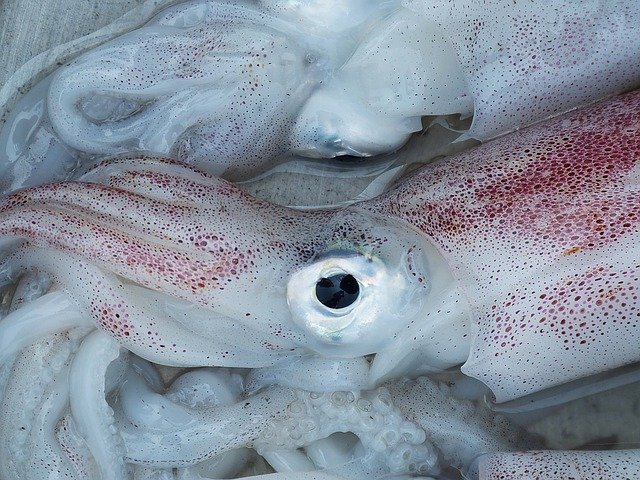
Squids are often considered invertebrates, but they are actually closer to fish than insects or reptiles. They belong to the phylum Chordata, along with humans, lizards, birds, and mammals.
Squids are marine animals that spend their lives swimming through the ocean searching for food. They have eight tentacles instead of legs, and some species have two hearts.
Despite being classified as invertebrates, squids are closely related to vertebrates. In fact, they are more closely related to us than other invertebrates such as crabs and lobsters. This means that squids are actually more similar to us than they are to jellyfish.
corals
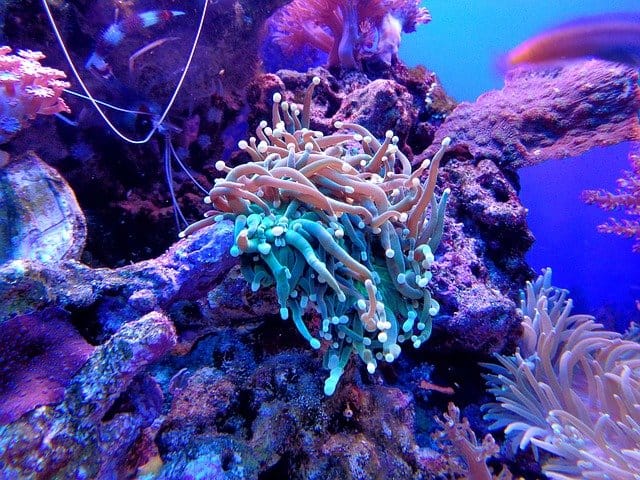
A coral is a type of invertebrate animal, which means it has no backbone. However, they do have a skeleton made up of calcium carbonate. They also have a mouth, gills, and tentacles.
Corals live in shallow water and feed off microscopic organisms called phytoplankton.
Coral reefs are amazing structures found in tropical oceans around the globe. They provide habitats for thousands of species, including fish, mollusks, crustaceans, and other marine life.
Many people believe coral has no backbone. In reality, they have a skeleton that provides support for their soft body parts. And even though they look fragile, they are surprisingly strong. Learn more about coral and why they are important to our planet.
slugs
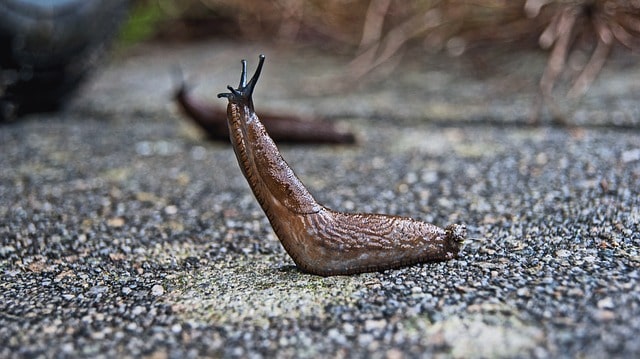
Slugs are slimy creatures that live in damp environments. They don’t have backbones, but they do have a spine. This is because their bodies are covered in slime.
A slug has no backbone, but it does have a spine! The spine is called the tail, which is located at the end of the body. Slugs do not have any bones, but they do have a hard shell made up of chitin. They also have a digestive system that includes a mouth, stomach, and anus.
Slugs are often confused with snails. Both animals belong to the same class, Gastropoda (which means stomach foot’). Snails are also known as mollusks or gastropods.
Snails and slugs are both members of the phylum Mollusca. The difference between them lies in the number of segments in their body. Snails have two segments, whereas slugs have three.
snails

Snails do not have a backbone, but they do have a spinal cord which controls their movement. The spine is made up of vertebrae, which are connected by ligaments and muscles.
Snails are known for their slow pace, but they sure move around quite a bit. How does this happen?
Snail shells are rigid and heavy, so they don’t easily move. They also have no muscles or bones, so they can’t crawl or walk. Instead, they use a series of internal organs called gills to breathe air into their bodies.
Snails’ shells are made from calcium carbonate, which is similar to bone. This means that they have a skeleton inside their shell. The snail’s body is divided into two parts: the head and the tail. The head contains the brain and the eyes, and the tail has the rest of the body.
crabs
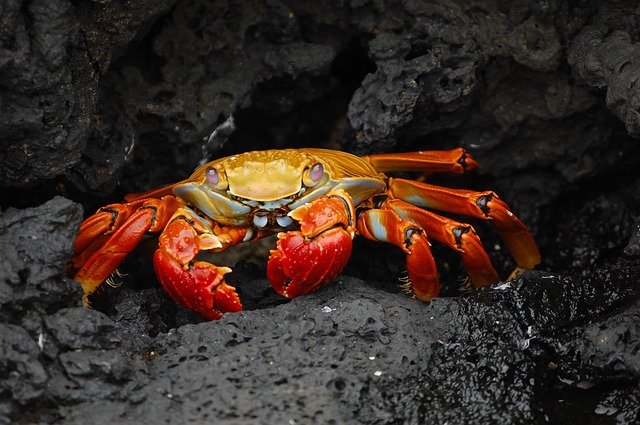
Crabs do not have backbones, but they do have shells. The shell protects the crab from predators, and also provides protection for the soft body parts inside.
Crabs are some of the most fascinating creatures on Earth. They are known for their ability to walk sideways, crawl backwards, and even swim upside down. But did you know they also have a spine?
Crabs are arthropods (a group of invertebrates) belonging to the class Malacostraca. They are usually found in shallow water or along shorelines. They have two pairs of legs and three pairs of antennae. Their bodies are covered with a tough exoskeleton called carapace.
They have a long body with a pair of pincers at the front end. The head has eyes, mouthparts, and antennae. There are no wings or tails. They have eight abdominal segments, each segment having six appendages. The abdomen ends in a pair of large claws.
shrimps
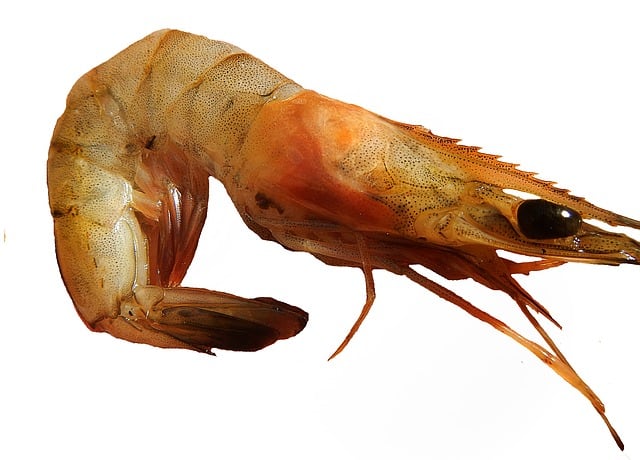
Shrimp has no backbone. How come? Shrimps don’t have backbones because they aren’t vertebrates. They belong to the molluscs class. Molluscs are invertebrate animals that lack a backbone.
Shrimps are crustaceans, which means they have a pair of jointed legs, antennae, and a tail. Their bodies are covered in a tough exoskeleton. Unlike other arthropods, shrimp does not have a head.
A shrimp has ten legs, two antennae, and two compound eyes. The shrimp also has a tail, which helps them move through the water. The shrimp body consists of a head, thorax, abdomen, and pincers.
Read More : Animals With Backbones !
spiders

Spiders don’t have a backbone. Instead, they have eight legs that enable them to move around.
Spiders are arachnids (a group of animals related to ticks, scorpions, mites, and horseshoe crabs) that belong to the order Araneae. They are found worldwide and are often mistaken for insects.
Their body consists of three sections: head, thorax, and abdomen. The head contains two pairs of eyes, antennae, and mouth parts. The thorax houses the heart, lungs, stomach, and other organs. The abdomen has six segments containing the digestive system, reproductive organs, and silk glands.
butterflies
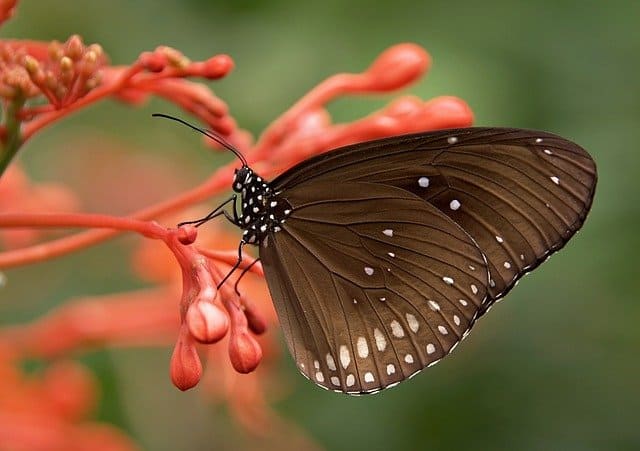
Have you ever wondered why butterflies don’t flap their wings? Well, they don’t because they don’t have a backbone. They only have muscles, which allow them to move around.
Butterflies don’t have bones or vertebrae. Instead, they have muscles attached to their bodies. This makes them flexible and allows them to fly.
Butterflies don’t have backbones because they are made of soft tissue, not bone like us humans. They are also very small animals, which makes them vulnerable when flying around. Also, they cannot stand up straight because their legs are too short.
Butterflies are amazing creatures. Their colors, patterns, and shapes are beautiful. And they also play an important role in our ecosystem. For example, monarch butterflies migrate from Canada to Mexico every year.
